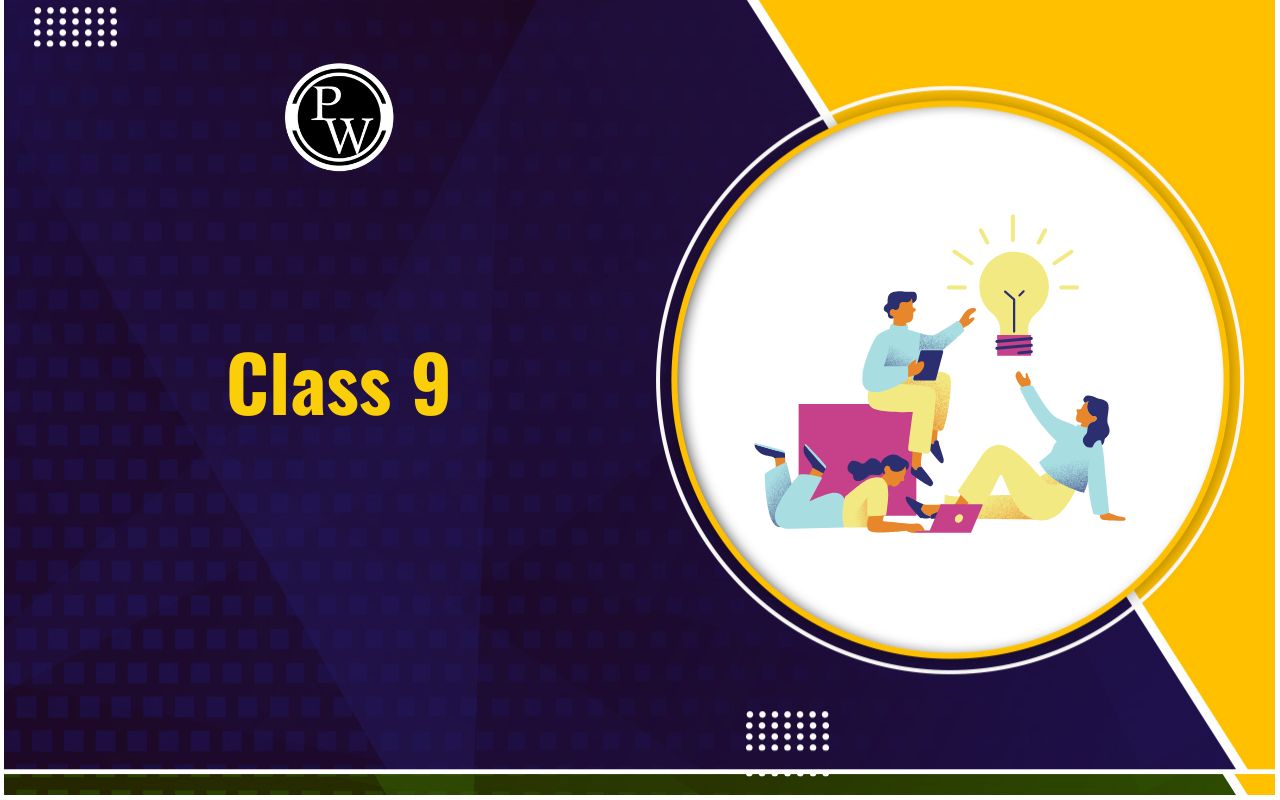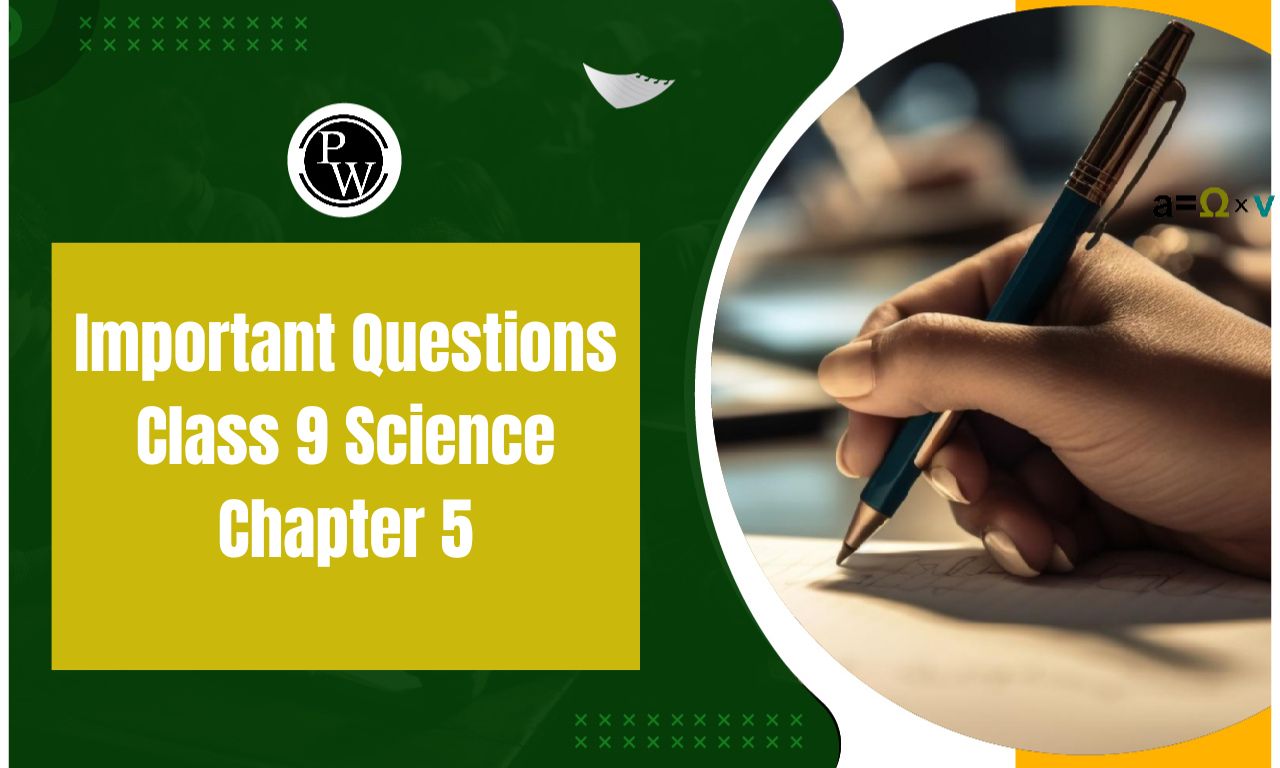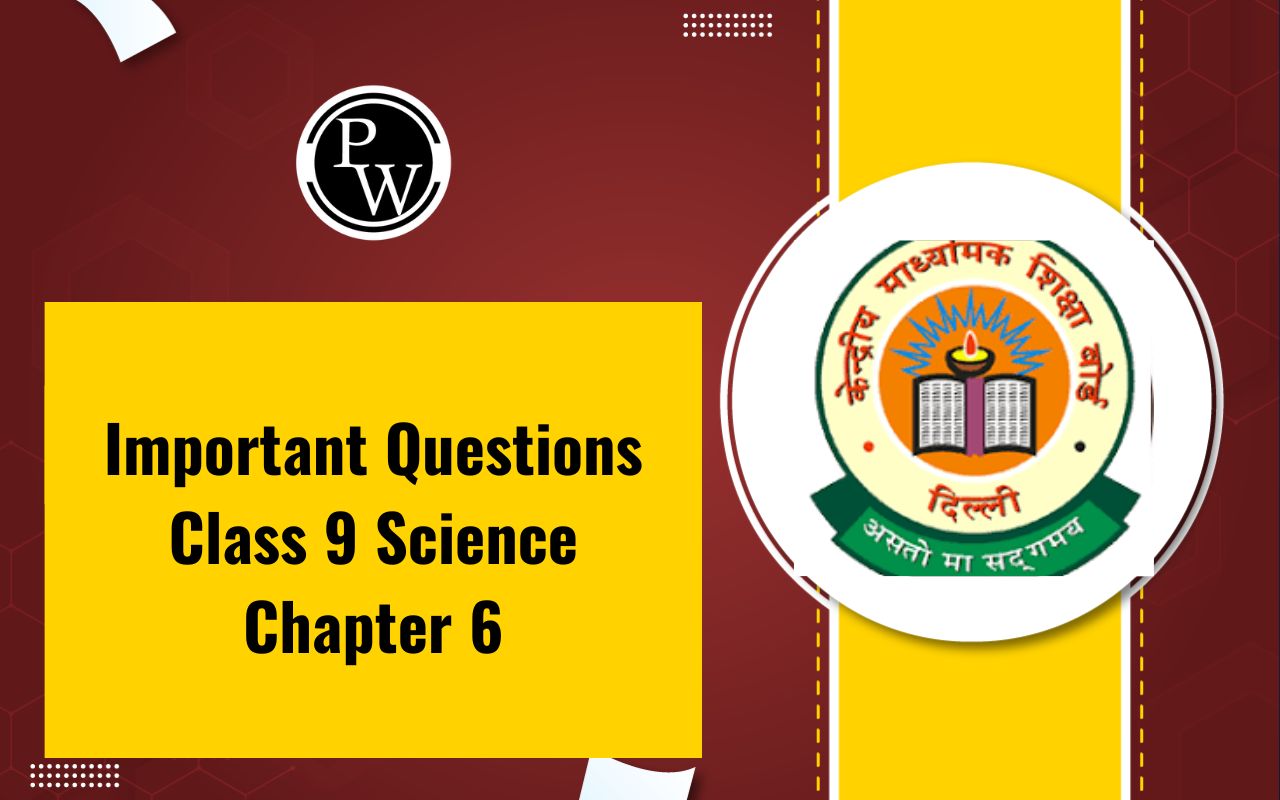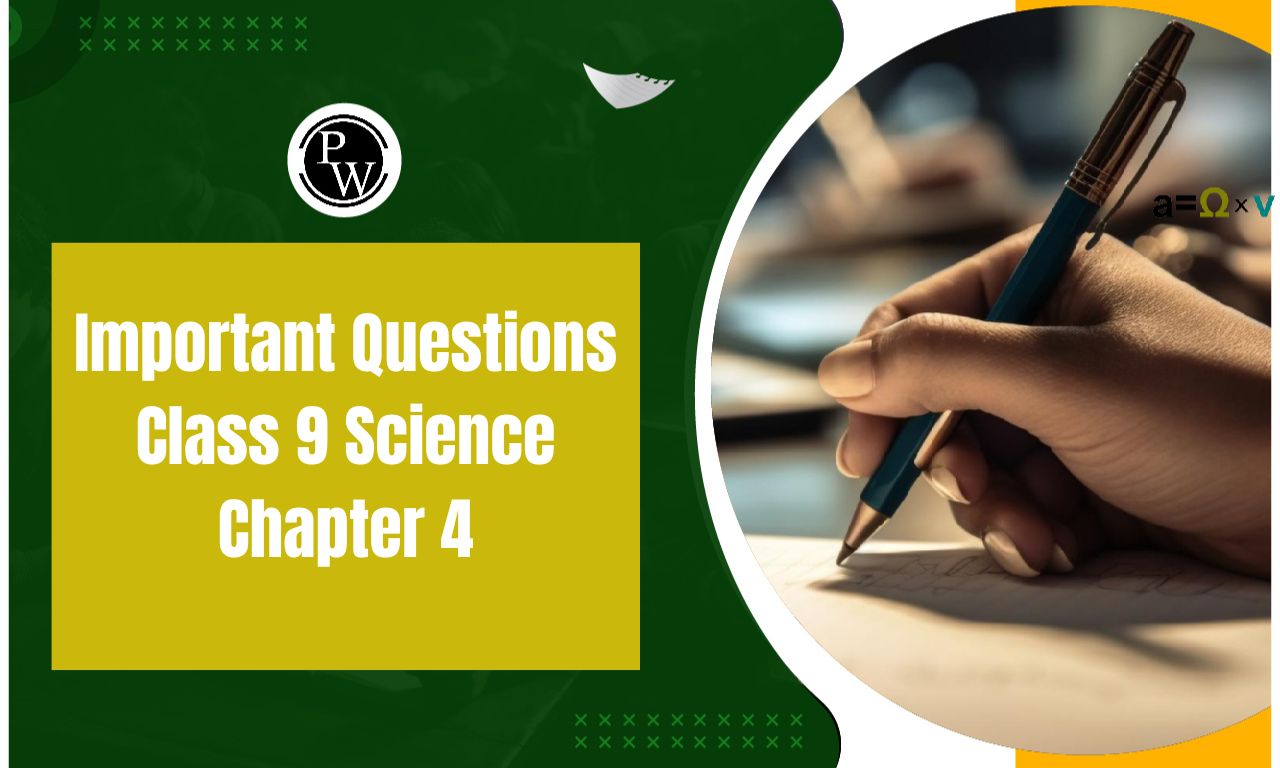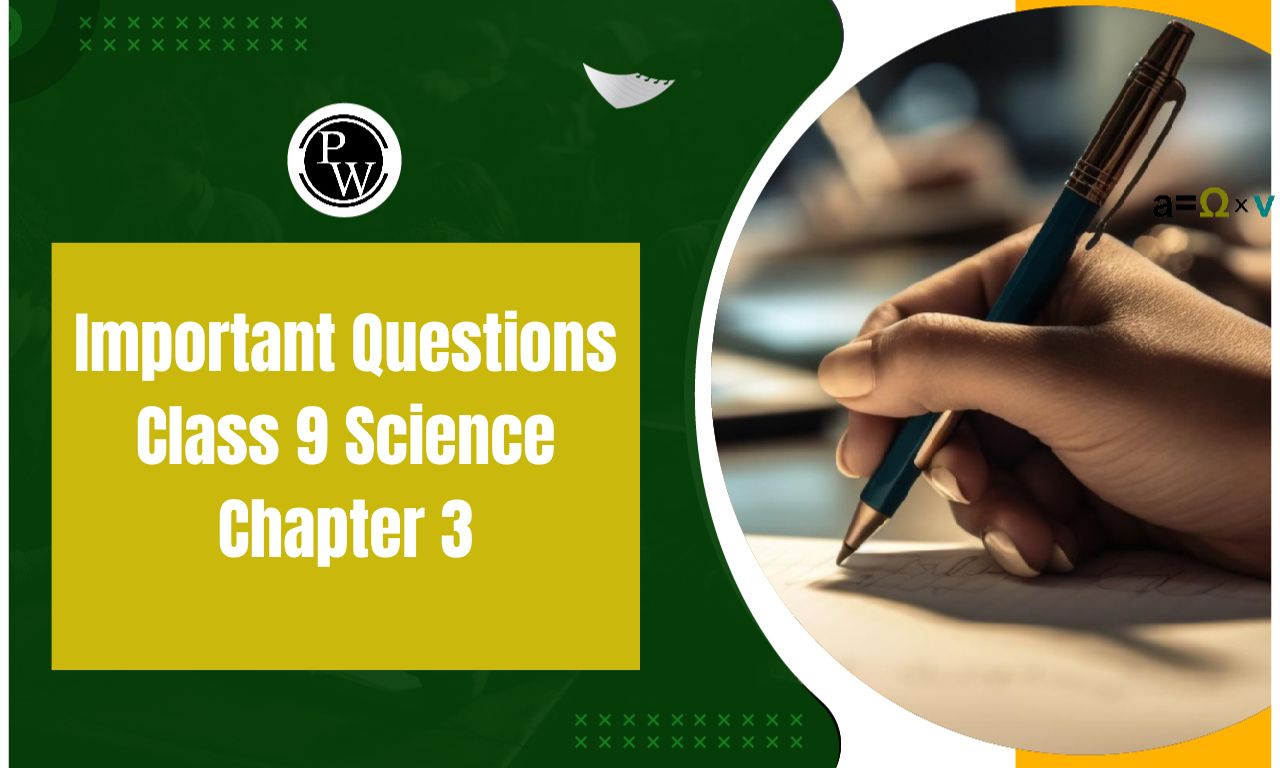
NCERT Solutions for Class 9 History Chapter 3: NCERT Solutions for Class 9 History Chapter 3 Nazism and the Rise of Hitler provide students with a comprehensive understanding of the historical events discussed in the chapter.
This chapter describes significant moments, such as Hitler's rise to power in Germany in September 1919, when he joined the Deutsche Arbeiterpartei (German Workers’ Party) and later transformed it into the Nationalsozialistische Deutsche Arbeiterpartei (NSDAP), commonly known as the Nazi Party, in 1920. By studying these solutions students can gain a deeper understanding of the context, significance, and implications of these events. Solving NCERT Solutions for Class 9 History Chapter 3 enables students to strengthen their historical knowledge and analytical skills, thereby enhancing their overall understanding of history.NCERT Solutions for Class 9 History Chapter 3 PDF
You can find the PDF link for NCERT Solutions for Class 9 History Chapter 3 below. This PDF provides detailed explanations for the historical events discussed in the chapter. By using this link, students can better understand important occurrences, such as Hitler's rise to power in Germany and the formation of the Nazi Party. It is a helpful resource for students to prepare for exams and improve their understanding of history.NCERT Solutions for Class 9 History Chapter 3 PDF
NCERT Solutions for Class 9 History Chapter 3 Nazism and the Rise of Hitler
1. Describe the problems faced by the Weimar Republic.
Solution:
The defeat of Imperial Germany at the hands of the Allied powers in World War I led to the abdication of the emperor Wilhelm II. This gave an opportunity to parliamentary parties to recast the German polity. Thus, a National Assembly met at the town of Weimar to form a republic with a democratic constitution and a federal structure. But this newborn republic was not well received by its own people for the following reasons: (I) The Allied powers imposed a harsh and humiliating treaty at Versailles, which squarely placed the blame of starting World War I on Germany’s soldiers. It was the Weimar Republic that signed the treaty much to the displeasure of the German populace. (II) Germany lost all of its overseas colonies and a tenth of its population, along with 75% of its iron and 26% of its coal to France, Poland, Denmark and Lithuania. (III) The War Guilt Clause held Germany responsible for the war and the subsequent damage it caused in the Allied nations. They were forced to pay compensation of £6 billion in total. Due to the loss of most of its revenue-generating colonies, Germany was unable to repay the amount. (IV) Due to the failure to pay compensation, the Allied Armies occupied the resource-rich Rhineland for a time. The Weimar Republic reacted to this by printing paper currency in large numbers to pay off the huge debt. This led to hyperinflation and the eventual collapse of the economy. (V) Coupled with the humiliation of a foreign power occupying German territory and economic collapse, the German public held the new Weimar Republic responsible for the defeat in World War I and accepting the disgrace at Versailles.2. Discuss why Nazism became popular in Germany by 1930.
Solution:
The end of World War I had changed the political landscape of Germany. Right from the beginning, the infant Weimar Republic was beset by problems. (I) The harsh Versailles Treaty was a serious blow to the national prestige of the Germans and to the economy. (II) The economic situation was worsened by the Great Depression of 1929, which had severely affected the already fragile German economy. The inability of the Weimar Republic to remedy the situation only further inflamed public sentiments. (III) The political scenario was not any better as the various political factions, such as the communists and socialists fought with each other that stalled any policy that would uplift the plight of the German people. (IV) It was in this background that Hitler would organise the fledgling National Socialist German Worker’s party, otherwise known as the Nazi party into a mass movement. (V) By implementing Nazi ideals, Hitler promised to undo the injustice of the Versailles treaty and restore the dignity of the German people, promising economic security and to build a strong German nation free from all foreign influences and ‘conspiracies’. (VI) He found strong support among the German middle class, who were threatened with destitution due to economic collapse that had shut down banks, businesses and factories. (VII) Nazi propaganda, along with Hitler’s powerful oratory skills, successfully portrayed Hitler as a saviour and Nazism as the means to deliver the German people from the distress of living in a time of acute economic and political crisis.3. What are the peculiar features of Nazi thinking?
Solution:
The Nazi thinking was synonymous with Hitler’s world view. The features of such thinking are as follows:(I) There was no equality among the human race, only a racial hierarchy – with the blonde, blue-eyed, Nordic German Aryans being at the top and the Jews being placed at the bottom level. All the other coloured people were placed somewhere in between, depending on their external features.
(II) The other aspect of Nazi ideology was the concept of Lebensraum or living space. It was believed that new territories had to be acquired at the expense of the local population in order to enhance material resources and the power of the German nation.
(III) They believed in the survival of the fittest, which was a twisted version of Charles Darwin theory about natural selection. In their version, they believed that the strongest race would survive, while the weak would perish.
(IV) Nazi thinking put much emphasis on ‘racial purity’. This meant that anyone born with physical and mental disabilities was considered ‘undesirable’ and impure. Allowing their existence would only pollute the German race and hence they had no right to exist. Along with Jews, Gypsies, Slavic and blacks were all considered subhuman and executed in large numbers under the shadow of World War II.
(V) Nazis believed in war and aggression. Any notion of peace or related ideologies were considered weak by their standards. They believed that world domination through war justified in proving the superiority of the German race.
4. Explain why Nazi propaganda was effective in creating a hatred for Jews.
Solution:
The Nazis were quite effective in using propaganda to great effect. They made propaganda films to fan hatred for Jews with the most infamous being The Eternal Jew . Orthodox Jews were stereotyped and marked. They were shown with flowing beards, wearing kaftans and were referred to as rats and vermin who fed off good Germans. Jews were also blamed for Germany’s defeat in World War I, despite the fact that a large number of them served with distinction in the conflict. The propaganda by the Nazis effectively worked on the minds of the people, making use of the centuries of anti-Semitic feelings and tapping their emotions. This turned their hatred and anger at those who were blamed for all of Germany’s past and present ills. And the Nazis would be the remedy for these ‘ills’5. Explain the role of women in Nazi society. Return to Chapter 1 on the French Revolution. Write a paragraph comparing and contrasting the role of women in the two periods.
Solution:
Women in Nazi society were relegated to housewives who were charged with upholding the honour of the German race by limiting contacts with ‘undesirables’ and raising as many pure-blooded children as possible. Those who conformed to this role were given favoured treatment in hospitals, concessions in shops, theatre tickets and railway fares. Despite Hitler’s statement on ‘women being the most important citizen’, it did not apply to every woman. Especially those who deviated from Nazi ideology. Those that did, risked public humiliation, loss of civic honour, loss of family, jail sentence and even death. This was in total contrast to the role of women in the French Revolution, where women led movements and fought for the right to education and the right to equal wages as men. They could not be forced to marry against their will. They could also train for jobs, become artists or run small businesses. Schooling was made compulsory for them, and they could even hold property.6. In what ways did the Nazi state seek to establish total control over its people?
Solution:
President of the Weimar Republic Paul Von Hindenburg made Hitler the chancellor of Germany. Shortly after, a mysterious fire broke out in the Reichstag, the parliament building of Germany. Blaming the act of arson on communists and other ‘enemy of the state, Hitler passed the First Fire decree in 1933 which suspended the civic rights like freedom of speech, press and freedom of assembly. Thus, Hitler effectively started controlling the German population. Other measures he undertook to systematically dismantle democracy in Germany were the following: (I) ‘The Enabling Act’ was passed, which gave all powers to Hitler to sideline the parliament and rule by decree. (ll) All political parties, with the exception of the Nazi Party, were banned. The members of these banned parties were either imprisoned, exiled or assassinated. (III) The communists were eradicated, with the remaining members being sent to concentration camps. (IV) Special security forces such as the SA, SS, SD and Gestapo were created to control and order society in ways that the Nazis wanted. These organisations were given extra-judicial powers. (V) In schools, children were taught to be loyal and submissive. They were also taught to hate Jews and worship Hitler, thus cultivating a personality cult in the process. (VI) Nazi youth organizations, the like ‘Jungvolk’ and ‘Hitler Youth’ were created, where the youth were taught to hate democracy, communism, Jews and other ‘undesirables’.NCERT Solutions for Class 9 History Chapter 3 Summary
In NCERT Class 9 India and the Contemporary World – II Chapter 3, several significant topics are discussed:Birth of the Weimar Republic
- The Effects of the War
- Political Radicalism and Economic Crises
- The Years of Depression
Hitler’s Rise to Power
- The Destruction of Democracy
- Reconstruction
The Nazi Worldview
- Establishment of the Racial State
- The Racial Utopia
Youth in Nazi Germany
- The Nazi Cult of Motherhood
- The Art of Propaganda
Ordinary People and the Crimes Against Humanity
- Knowledge about the Holocaust
| CBSE Class 9 Maths Syllabus | CBSE Class 9 Science Syllabus |
| CBSE Class 9 Computer Application Syllabus | CBSE Class 9 Hindi Syllabus A |
| CBSE Class 9 English Syllabus | CBSE Class 9 Social Science Syllabus |
NCERT Solutions for Class 9 History Chapter 3 FAQs
What is Nazism?
How did Hitler rise to power?
What were the key features of Nazi ideology?
What were the consequences of Hitler's rule?


